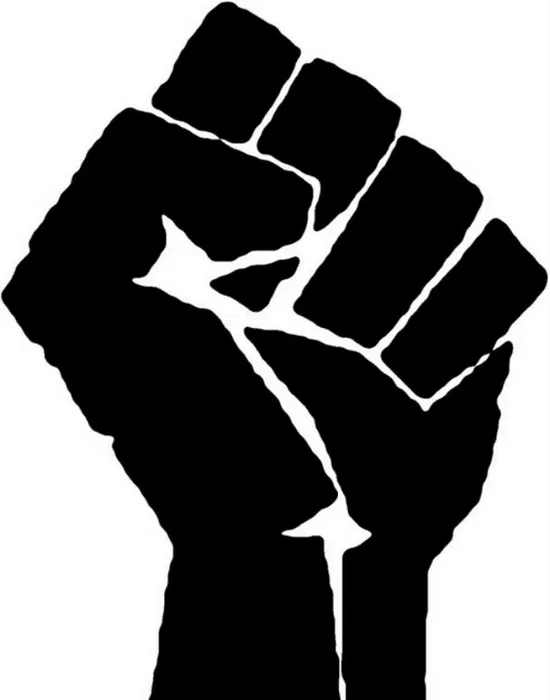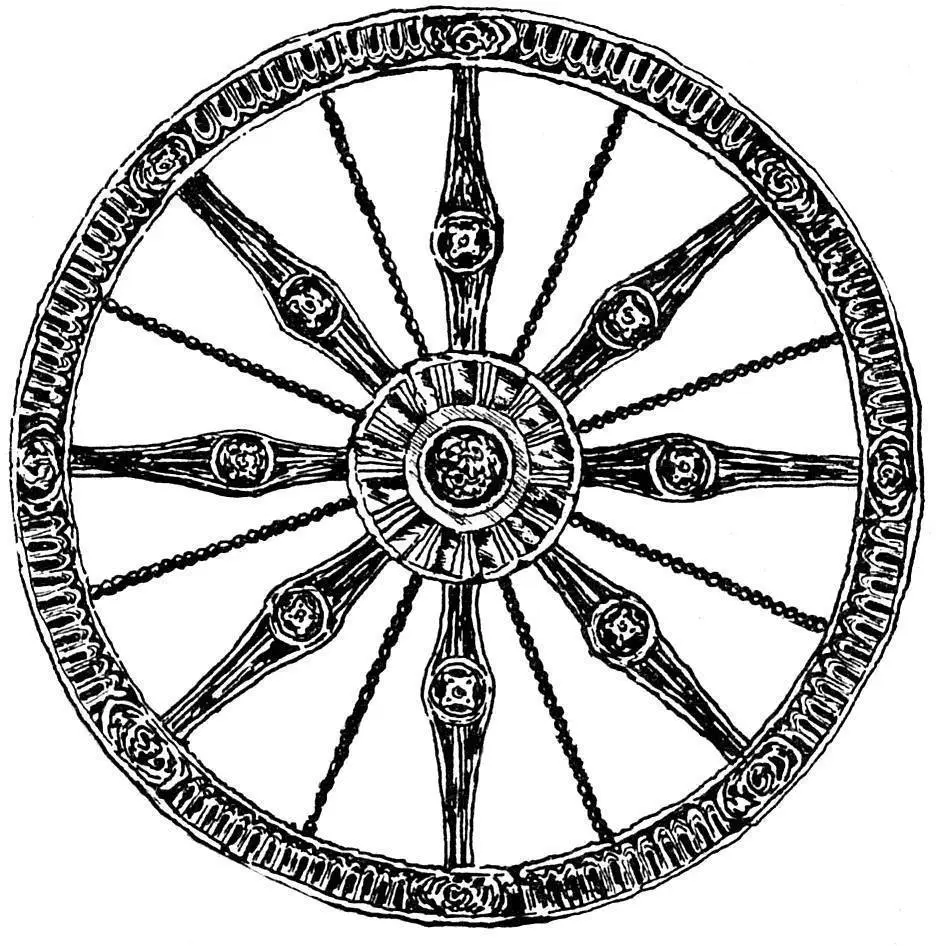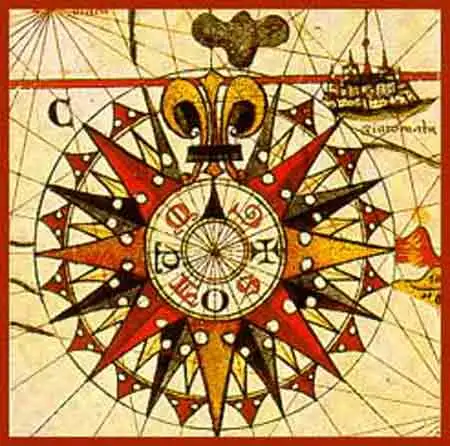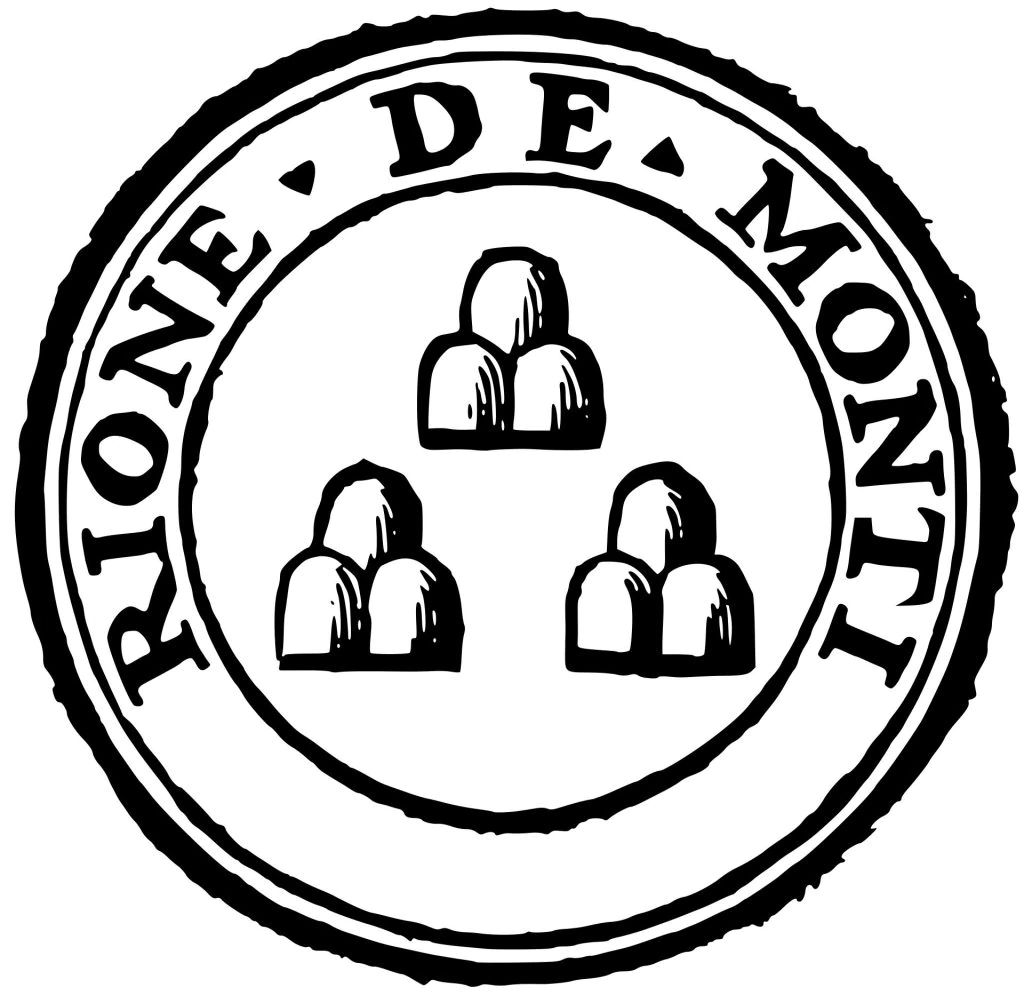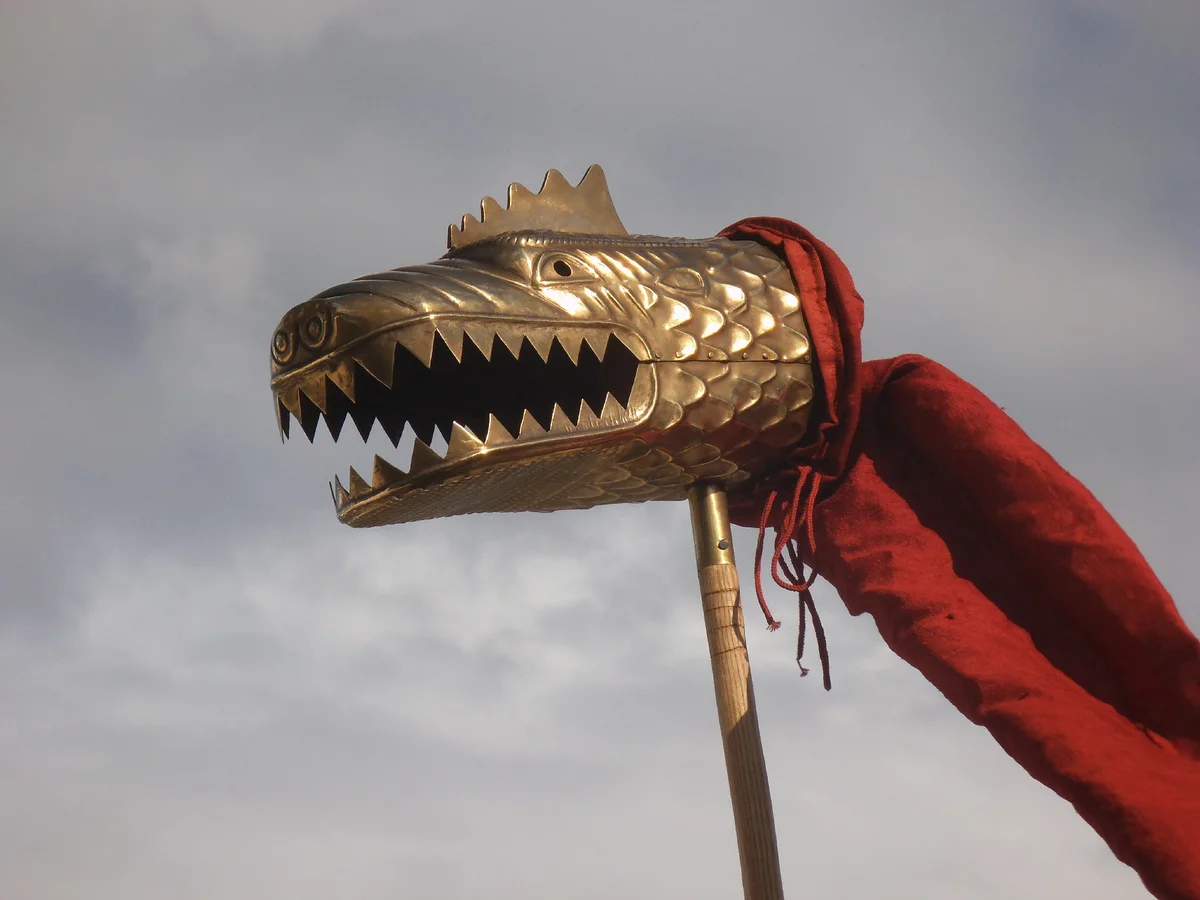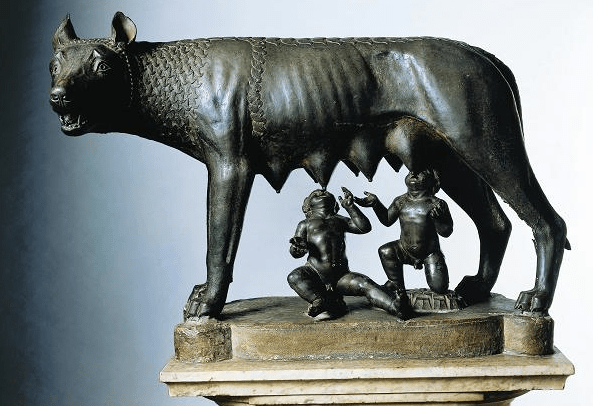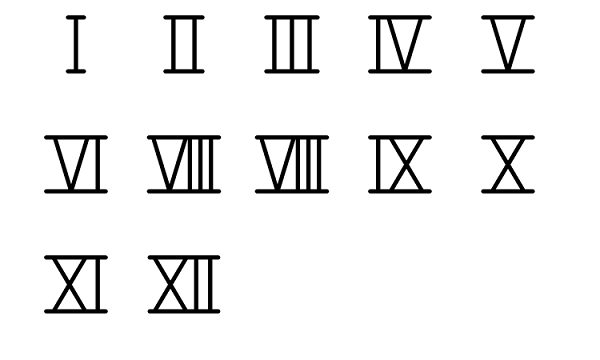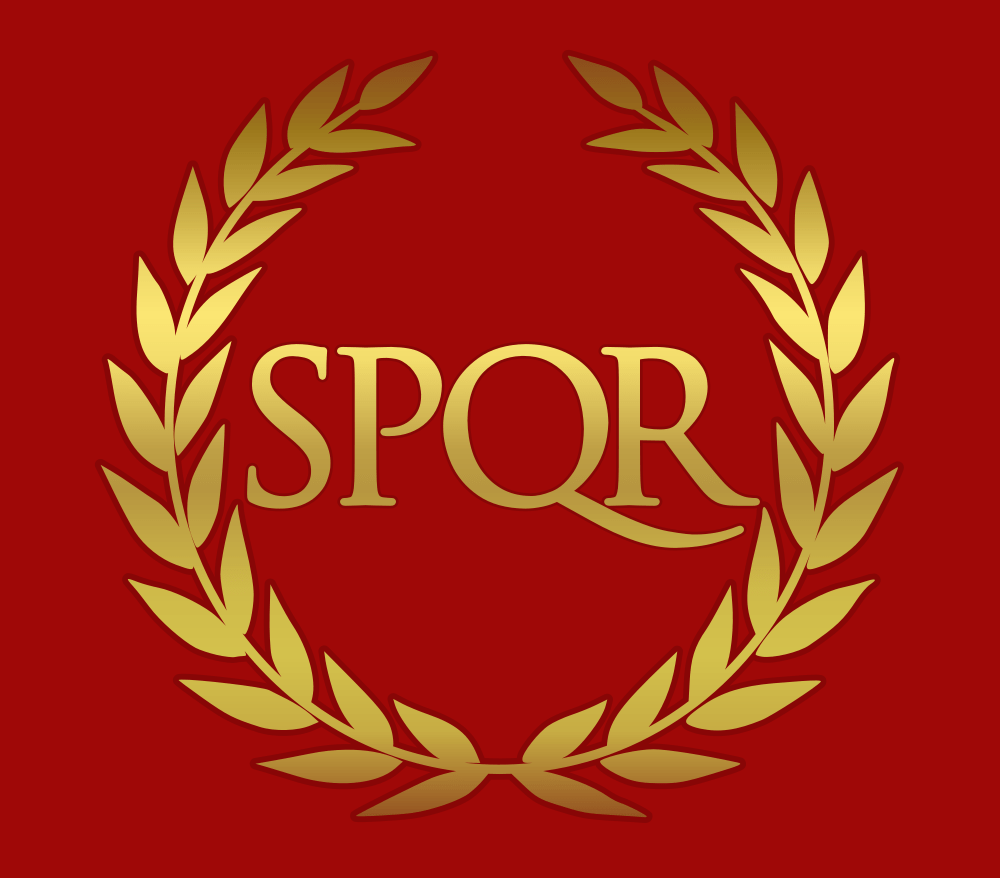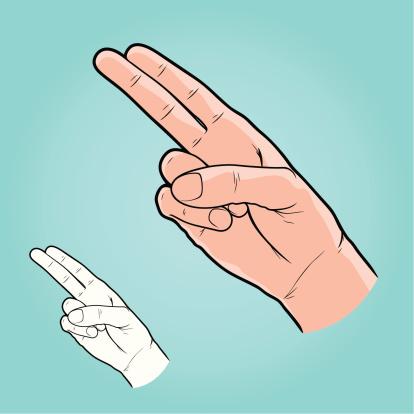

 Minotaur In Greek mythology, the Minotaur was half human and half bull. He lived in the center of the Labyrinth, which was a complex labyrinth-shaped structure built for the king of Crete Minos and designed by the architect Daedalus and his son Icarus, who were ordered to build it to contain the Minotaur. ... The historic site of Knossos is generally considered to be the site of a labyrinth. Ultimately, the Minotaur was killed by Theseus. Minotaur In Greek mythology, the Minotaur was half human and half bull. He lived in the center of the Labyrinth, which was a complex labyrinth-shaped structure built for the king of Crete Minos and designed by the architect Daedalus and his son Icarus, who were ordered to build it to contain the Minotaur. ... The historic site of Knossos is generally considered to be the site of a labyrinth. Ultimately, the Minotaur was killed by Theseus.Minotaur is the Greek formula for Minos Taurus. The bull was known in Crete as Asterion, as Minos' adoptive father was called. |
 В labrise it is the term for the double ax, known among the Classical Greeks as pelekys or Sagaris, and among the Romans as bipennis. В labrise it is the term for the double ax, known among the Classical Greeks as pelekys or Sagaris, and among the Romans as bipennis.Labrys' symbolism is found in Minoan, Thracian, Greek and Byzantine religions, mythology and art dating back to the middle of the Bronze Age. Labrys also appears in religious symbolism and African mythology (see Shango). Labrys was once a symbol of Greek fascism. Today it is sometimes used as a symbol of Hellenic neo-paganism. As an LGBT symbol, he personifies lesbianism and female or matriarchal power. |
 Mano fico Mano fico, also called fig, is an Italian amulet of ancient origin. Examples have been found dating back to Roman times and this was also used by the Etruscans. Mano means hand, and fiko or fig means fig with the idiomatic slang of female genitals. (The analogue in English slang can be "vaginal hand"). It is a hand gesture in which the thumb is sandwiched between the bent index and middle fingers, which clearly mimics heterosexual intercourse. Mano fico Mano fico, also called fig, is an Italian amulet of ancient origin. Examples have been found dating back to Roman times and this was also used by the Etruscans. Mano means hand, and fiko or fig means fig with the idiomatic slang of female genitals. (The analogue in English slang can be "vaginal hand"). It is a hand gesture in which the thumb is sandwiched between the bent index and middle fingers, which clearly mimics heterosexual intercourse. |
 The Rod of Asclepius or Rod of Aesculapius is an ancient Greek symbol associated with astrology and the healing of the sick with the help of medicine. The rod of Aesculapius symbolizes the art of healing, combining the shedding snake, which is a symbol of rebirth and fertility, with a staff, a symbol of power worthy of the god of Medicine. The snake that wraps around a stick is commonly known as the Elaphe longissima snake, also known as the Asclepius or Asclepius snake. It grows in southern Europe, Asia Minor and parts of Central Europe, apparently brought by the Romans for its medicinal properties. . The Rod of Asclepius or Rod of Aesculapius is an ancient Greek symbol associated with astrology and the healing of the sick with the help of medicine. The rod of Aesculapius symbolizes the art of healing, combining the shedding snake, which is a symbol of rebirth and fertility, with a staff, a symbol of power worthy of the god of Medicine. The snake that wraps around a stick is commonly known as the Elaphe longissima snake, also known as the Asclepius or Asclepius snake. It grows in southern Europe, Asia Minor and parts of Central Europe, apparently brought by the Romans for its medicinal properties. . |
 Solar cross or Sun Cross has a circle around the cross, the sun cross has many variations including one on this page. This is an ancient symbol; The engravings were found in 1980 on the feet of Bronze Age burial urns at Southworth Hall Barrow, Croft, Cheshire, England, and the urns date back to around 1440 BC. This symbol has been used throughout history by various religions, groups and families (such as the coat of arms of the Japanese samurai family), eventually infiltrating Christian iconography. . Solar cross or Sun Cross has a circle around the cross, the sun cross has many variations including one on this page. This is an ancient symbol; The engravings were found in 1980 on the feet of Bronze Age burial urns at Southworth Hall Barrow, Croft, Cheshire, England, and the urns date back to around 1440 BC. This symbol has been used throughout history by various religions, groups and families (such as the coat of arms of the Japanese samurai family), eventually infiltrating Christian iconography. . |
 bundles the plural form of the Latin word fasis, symbolizes fragmentary power and jurisdiction and / or "strength through unity" [2]. bundles the plural form of the Latin word fasis, symbolizes fragmentary power and jurisdiction and / or "strength through unity" [2].Traditional Roman fess consisted of a bundle of white birch stems tied into a cylinder with a red leather band, and often included a bronze ax (or sometimes two) between the stems, with blade (s) on the side. sticking out of the beam. It was used as a symbol of the Roman Republic on many occasions, including in processions, like the flag today. |
 Omfalos Omfalos it is an ancient religious stone artifact, or baethyl. In Greek, the word omphalos means "navel" (compare the name of Queen Omphale). According to the ancient Greeks, Zeus sent two eagles flying around the world to meet at its center, the "navel" of the world. The stones of Omphalos pointed to this point, where several dominions were erected around the Mediterranean; the most famous of these was the Delphic Oracle. Omfalos Omfalos it is an ancient religious stone artifact, or baethyl. In Greek, the word omphalos means "navel" (compare the name of Queen Omphale). According to the ancient Greeks, Zeus sent two eagles flying around the world to meet at its center, the "navel" of the world. The stones of Omphalos pointed to this point, where several dominions were erected around the Mediterranean; the most famous of these was the Delphic Oracle. |
 Gorgon In Greek mythology, the so-called gorgon, a translation of gorgo or gorgon, "terrible" or, according to some, "loud roar," was a fierce, sharp-fanged female monster who had been a protective deity since early religious beliefs. ... Her power was so strong that anyone who tried to look at her turned to stone; therefore, such images were applied to objects from temples to wine craters to protect them. The Gorgon wore a belt of snakes, which intertwined like clasps, colliding with each other. There were three of them: Medusa, Steno and Eurale. Only Medusa is mortal, the other two are immortal. Gorgon In Greek mythology, the so-called gorgon, a translation of gorgo or gorgon, "terrible" or, according to some, "loud roar," was a fierce, sharp-fanged female monster who had been a protective deity since early religious beliefs. ... Her power was so strong that anyone who tried to look at her turned to stone; therefore, such images were applied to objects from temples to wine craters to protect them. The Gorgon wore a belt of snakes, which intertwined like clasps, colliding with each other. There were three of them: Medusa, Steno and Eurale. Only Medusa is mortal, the other two are immortal. |
 Maze In Greek mythology, the Labyrinth (from the Greek labyrinthos) was a complex structure designed and built by the legendary master Daedalus for King Minos of Crete at Knossos. Its function was to contain the Minotaur, a half-human, half-bull who was ultimately killed by the Athenian hero Theseus. Daedalus created the Labyrinth so skillfully that he himself could hardly avoid it when he built it. Theseus was helped by Ariadne, who gave him a fatal thread, literally a "key", to find his way back. Maze In Greek mythology, the Labyrinth (from the Greek labyrinthos) was a complex structure designed and built by the legendary master Daedalus for King Minos of Crete at Knossos. Its function was to contain the Minotaur, a half-human, half-bull who was ultimately killed by the Athenian hero Theseus. Daedalus created the Labyrinth so skillfully that he himself could hardly avoid it when he built it. Theseus was helped by Ariadne, who gave him a fatal thread, literally a "key", to find his way back. |
 Hygiene cup The Chalice of Hygieia symbol is the most widely recognized international pharmacy symbol. In Greek mythology, Hygea was the daughter and helper of Aesculapius (sometimes called Asclepius), the god of medicine and healing. The classic symbol of Hygea was a bowl of healing potion, in which the serpent of Wisdom (or protection) shared. This is the very serpent of Wisdom, which is depicted on the caduceus, the staff of Aesculapius, which is a symbol of medicine. Hygiene cup The Chalice of Hygieia symbol is the most widely recognized international pharmacy symbol. In Greek mythology, Hygea was the daughter and helper of Aesculapius (sometimes called Asclepius), the god of medicine and healing. The classic symbol of Hygea was a bowl of healing potion, in which the serpent of Wisdom (or protection) shared. This is the very serpent of Wisdom, which is depicted on the caduceus, the staff of Aesculapius, which is a symbol of medicine. |


